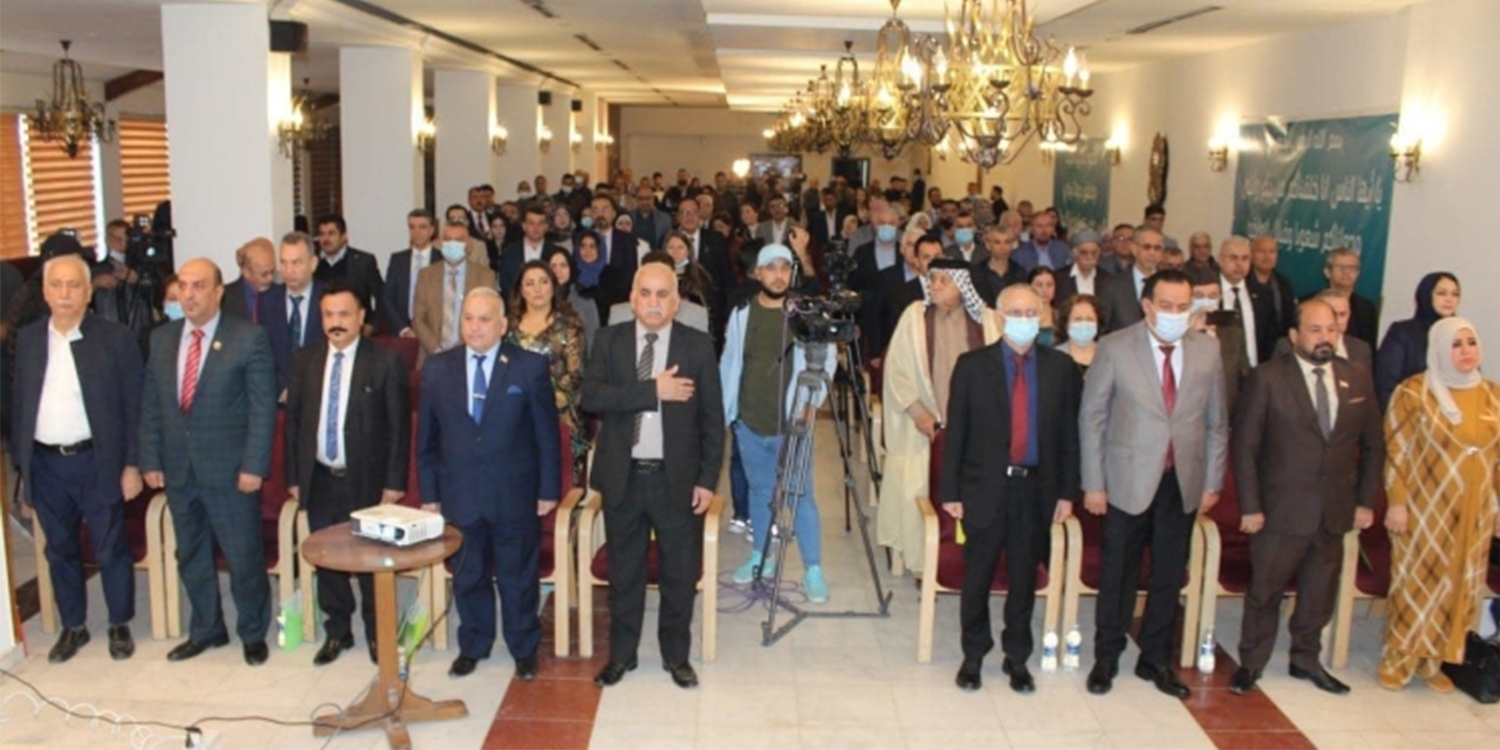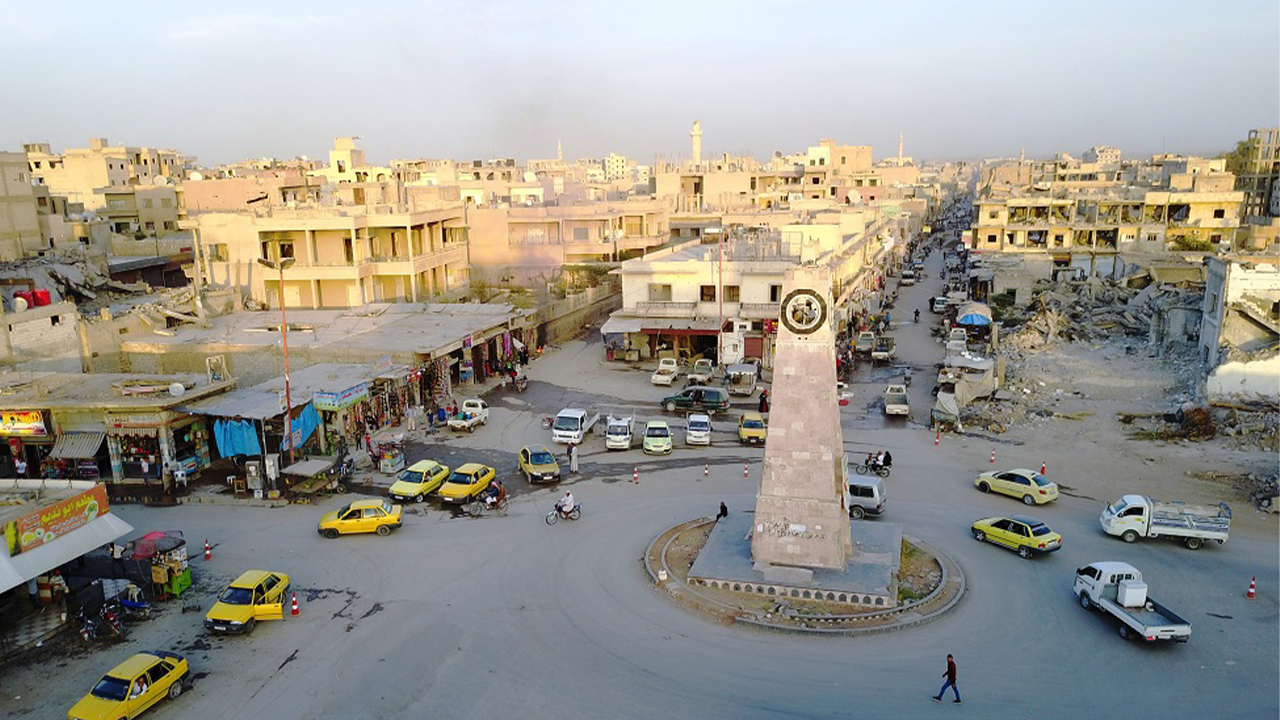
The crisis in Syria’s Deir ez-Zor is more complex than the parties to the Syrian conflict would have you believe. Supporters of the Syrian government and the Turkish occupation in Syria have each sought to present this week’s ultimately local but nonetheless explosive uprising, which has left over 100 dead, as the expression of the ultimate dissatisfaction of local ‘Arab tribes’ with the governance of the Kurdish-led Autonomous Administration of North and East Syria (AANES) and their military wing in the Syrian Democratic Forces (SDF).
Any generalisations about ‘Arab tribes’ and what ‘they’ want are crude and unhelpful. The major tribal federations number millions, and key tribal power-brokers are adroit enough to maintain branches loyal to both the AANES and the central Syrian authorities, maintaining pragmatic links with both. In reality, were the hundreds of thousands of Arabs living under the AANES in Deir ez-Zor actually to reject AANES governance, the region would rapidly become ungovernable. Rather, some local tribes remain allied to the SDF, and Arabs elsewhere throughout the north-east remain loyal to the AANES. In the latest uprising, many Arabs and Kurds fought and died, as allies, side-by-side. These realities should not be overlooked.
On the other hand, euphemistic language from pro-Kurdish sources framing the recent operation as simply targeting ‘ISIS and drug-dealers’ also fails to capture the complexities of the SDF’s engagement in the region, and long-term grievances over the way in which the Kurdish-led force has sought to maintain security in the region following ISIS’ 2019 territorial defeat there, in their final stronghold. Previous protests in Deir ez-Zor have mingled legitimate demands for greater Arab representation in local governance with calls for the immediate release of detained ISIS members, attesting to the complex challenge faced by the AANES in the region.

In their statement initially announcing the operation, the SDF went on to note their primary goal was “pursuing criminals responsible for perpetrating injustices against the local population”. This addendum tacitly points to the short-term trigger behind the unrest – namely, the deposition of local strongman, smuggler and pragmatic wheeler-dealer Abu Khawla, a man notorious (though far from alone) in dealing with both ISIS and the Kurds in the course of the Syrian conflict. Appointed as head of the SDF’s regional military council, Khawla’s prominent standing as Emir of the Bakir tribe enabled him to skirt accusations of corruption and tribal nepotism, until the SDF finally arrested him last week.
Rather than an ugly fact to be swept under the carpet via anti-terror rhetoric, the fact Abu Khawla was able to remain the SDF’s key interlocutor in Deir ez-Zor for so long in turn points out the scale of the challenge faced in the region. For, as the latest bout of violence led by tribal forces loyal to Khawla attests, there are no easy answers.
Khawla’s reputation was no secret. But how were the SDF to proceed? Remove Khawla, and risk further ISIS resurgence? Promote another tribal leader, and stoke regional tensions further? Devolve decision-making responsibility to the region wholly, in line with the AANES’ nominal program of direct-democratic governance, or withdraw wholly from the Arab hinterland in line with the wishes of anti-AANES Kurdish nationalists, and leave local women and the civilian population at risk of certain further violence and exploitation? Assert stronger central control over the region, and risk provoking regional tribal actors further, as seen in the recent unrest?
There is an ongoing tension between the progressive vision of decentralised, women-led, direct-democratic governance promoted by the AANES, and the realities of administering a restive, impoverished, conservative, war-stricken region on the other. The AANES’ foot has wobbled while walking this tightrope, and they must take care not to slip off.
Nonetheless, it’s to the AANES’ credit that they have remained in the region, and continue to seek input from tribal actors. Despite local frustrations, it’s clear that a large majority of locals readily prefer the AANES to the return of the brutal Syrian regime or an ISIS resurgence. This reality is attested by the fact ISIS focus on targeting Arab civilians, tribal leaders and military personnel who work with AANES, while the Syrian regime never misses an opportunity to try and sow Kurdish-Arab enmity. On some level, the region’s opponents thus acknowledge they fear the AANES program of inter-community cooperation, and the alternative it presents.

Save for Khawla’s Bakir tribe, all the other relevant local tribal actors either reaffirmed their support for the AANES or declared neutrality in the aftermath of his arrest. There remains space to work, build, and establish new modes of cooperation in Deir ez-Zor. The AANES must make the most of the present crisis to explore new ways of incorporating the voices of tribal actors without losing sight of their progressive vision, or compromising on regional security – as they have managed to a higher degree of success in Arab cities like Manbij or Raqqa.
There are legitimate grievances in Deir ez-Zor, where development and reconstruction has been steady but slow following ISIS’ defeat, and the security and humanitarian crisis remains severe. But it is, still, the Kurdish-led, multi-ethnic Autonomous Administration which stands the best chance of bringing the region forward as a unique element of a federal Syrian system which preserves the region’s particular character — including its long-term antipathy toward centralised governance.










